Gardening in areas with deer populations can be a challenging endeavor. The constant threat of these graceful creatures nibbling on your precious plants may leave you feeling frustrated and defeated. But what if there were plants that could deter these beautiful yet pesky animals?
Enter deer-resistant annuals, a gardener's secret weapon for creating a thriving garden in harmony with nature.
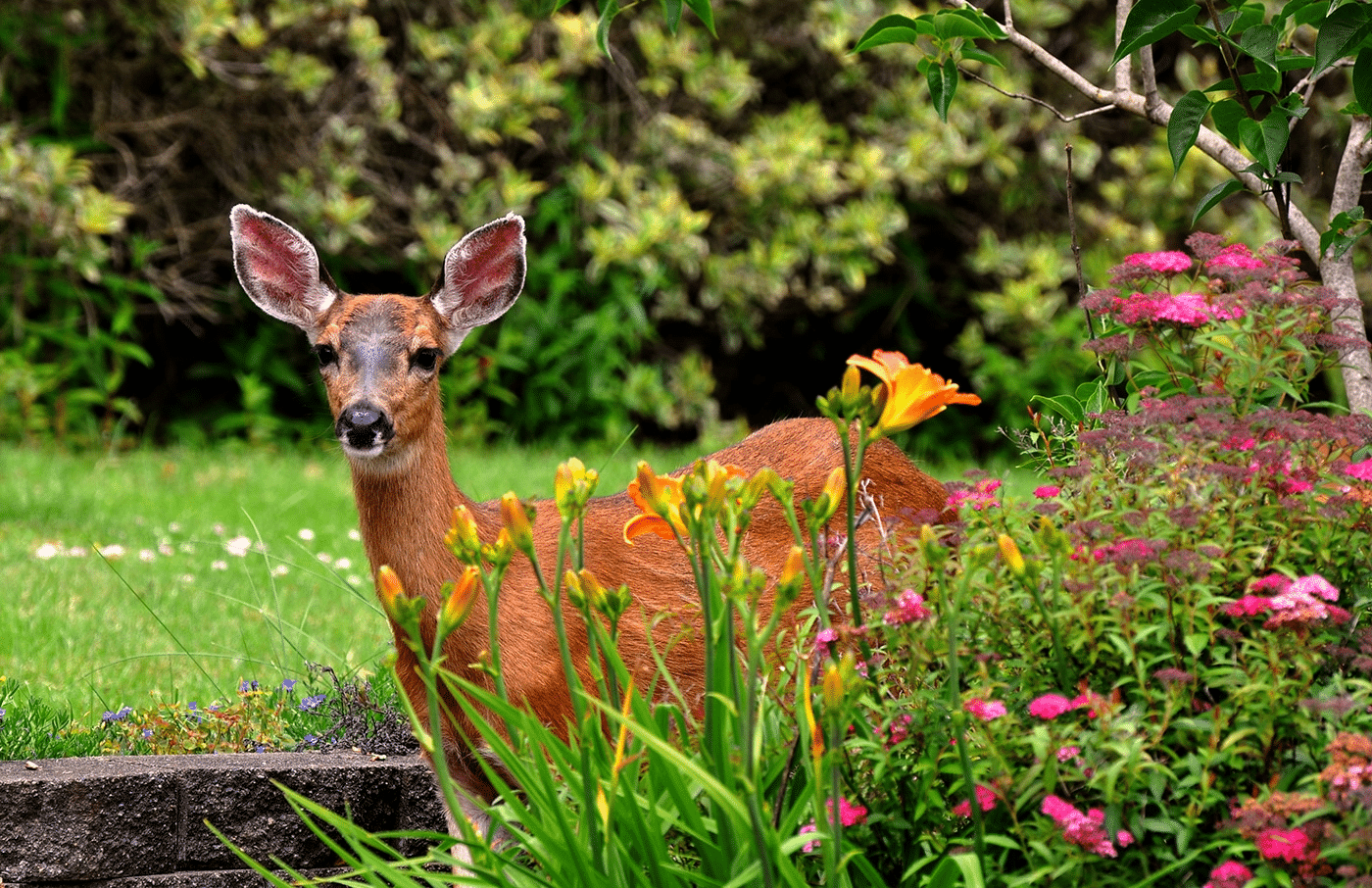
Short Summary
Understanding deer-resistant annuals can help gardeners create a flourishing garden.
Deer-resistant annuals offer protection from deer damage, vibrant blooms, and attract pollinators.
Combining various heights and textures of plants with careful consideration of their growing conditions is an effective way to protect them from deer damage.
Understanding Deer-Resistant Annuals
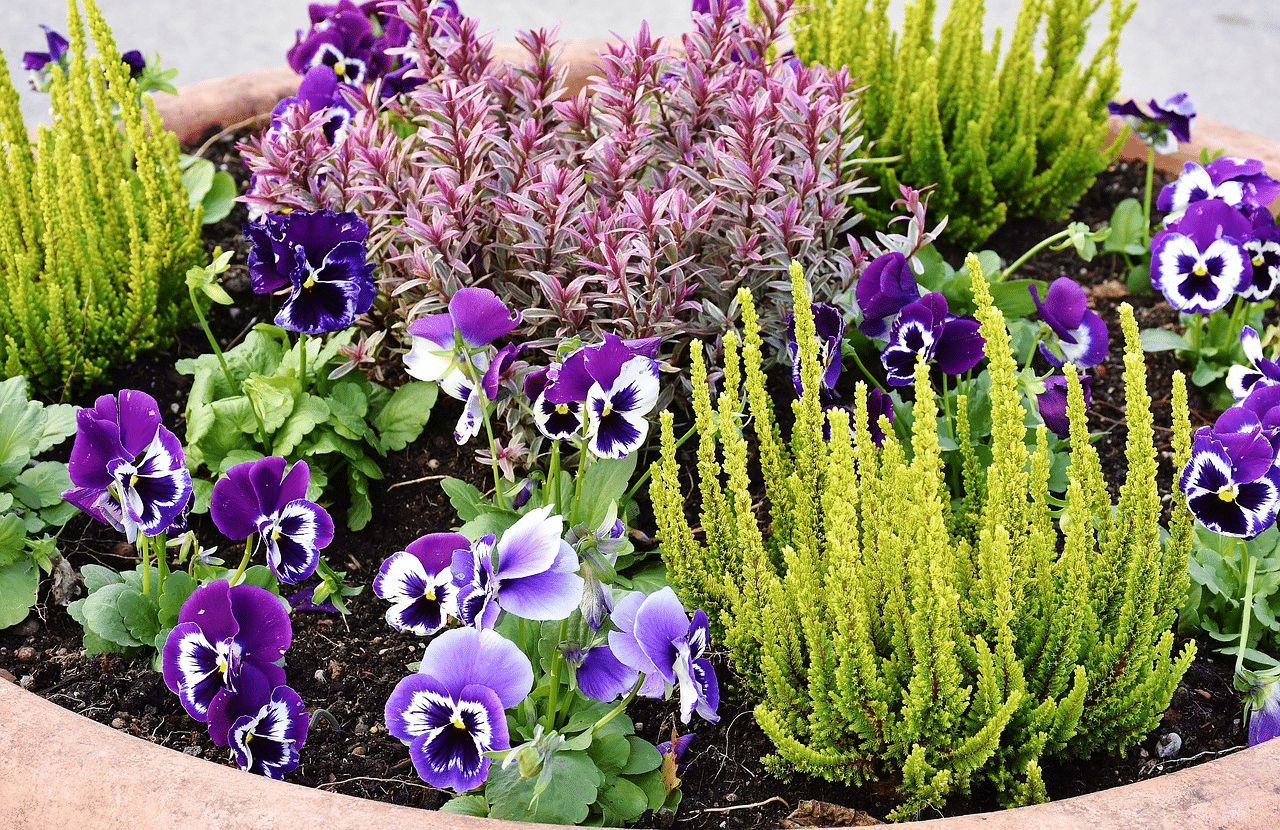
Not all plants are created equal in the eyes of a hungry deer. Some plants possess certain characteristics that make them unappetizing and undesirable to these foragers.
Understanding the factors that repel deer and the benefits of using deer-resistant annuals will help you create a beautiful, flourishing garden even in areas with high deer populations.
Factors that repel deer
Deer are known for their keen sense of smell, which can be both a blessing and a curse for the gardener. Plants with strong fragrances, bitter tastes, or toxic properties are usually enough to discourage deer from taking a bite.
For example, African marigolds emit a strong citrus scent, while the milky sap of the plant can be irritating and toxic to deer. Similarly, the strong fragrance and unpalatable taste of snapdragons make them an ideal choice for a deer-resistant garden.
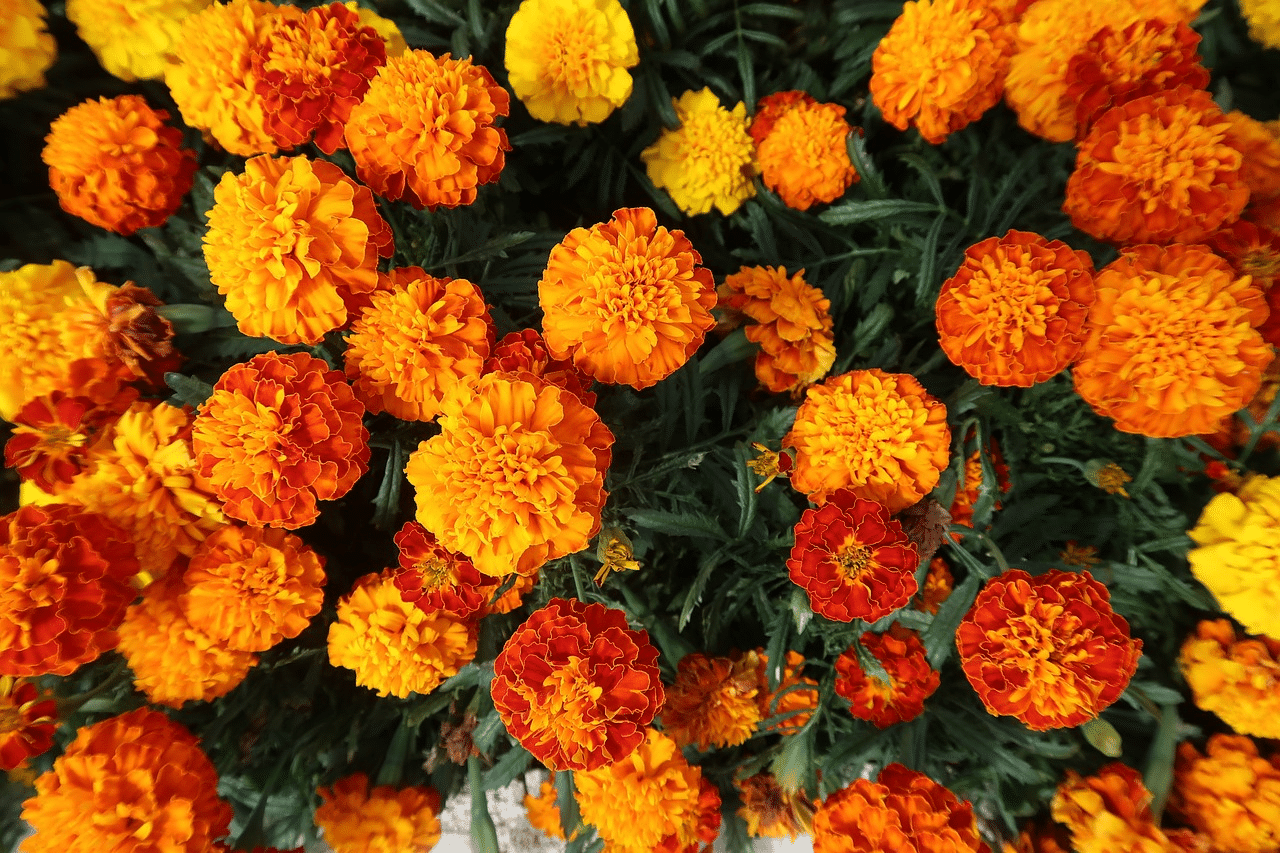
In addition to taste and scent, texture plays a role in deterring deer. Plants with fuzzy or fern-like foliage, such as Lamb's Ear or Love-in-a-mist, are less likely to be consumed by deer. By understanding these factors, you'll be better equipped to choose plants that will not only thrive in your garden but also keep deer at bay.
Benefits of deer-resistant annuals
Deer-resistant annuals offer more than just protection from deer damage. These low-maintenance plants provide a vibrant addition to your landscape, often featuring colorful blooms and unique textures that can be enjoyed throughout the growing season.
For instance, Dusty Miller boasts attractive silvery-gray foliage and can grow up to 2 feet tall and wide, while poppies come in various colors and shapes, reaching up to 3 feet tall and 1 foot wide, blooming in the summer.
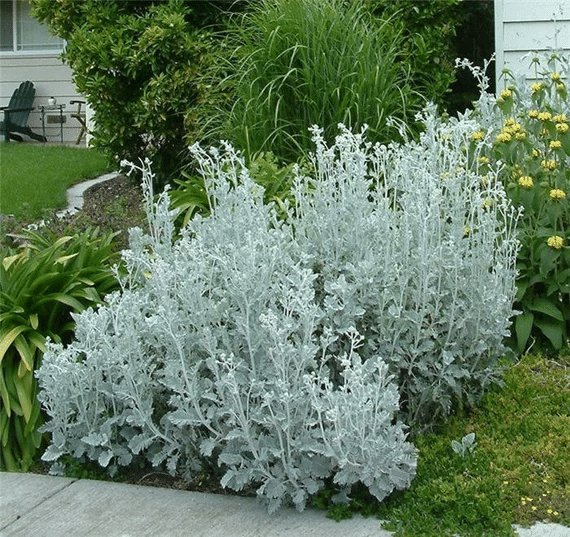
Another advantage of deer-resistant annuals is their ability to attract pollinators such as bees, butterflies, and hummingbirds to your garden. Pollinators play a crucial role in plant reproduction, ensuring the production of fruits, vegetables, and seeds.
By incorporating deer-resistant annuals in your garden, you'll create a haven for these essential creatures while deterring deer from causing damage.
Top Deer-Resistant Flowering Annuals for Sun and Shade

Whether your garden basks in the full sun or nestles in the cool embrace of the shade, there are deer-resistant flowering annuals that will thrive in either environment. Sun-loving annuals like Canna lilies and Salvias relish the bright sun, while shade-tolerant annuals such as Caladiums and Begonias flourish in more shaded areas.
Sun-loving annuals
Canna lilies and Salvias are excellent examples of sun-loving deer-resistant annuals. Canna lilies boast large, tropical leaves and vibrant flowers, making them a striking addition to any sun-drenched garden. Salvias, on the other hand, are adorned with tall spikes of tubular blooms that attract pollinators while deterring deer with their strong fragrance.
Another sun-loving, deer-resistant annual is Love-in-a-mist. With its delicate flowers surrounded by a mist-like effect from its fennel-like foliage, Love-in-a-mist is an ideal choice for cottage gardens. These sun-loving annuals not only add a splash of color to your garden, but also provide a natural barrier against deer.
Shade-tolerant annuals
If your garden has more shade than sun, Caladiums and Begonias are fantastic options for deer-resistant annuals. Caladiums, known for their showy, heart-shaped leaves in various colors, thrive in shaded areas and can even be grown in containers. Begonias, with their glossy green foliage and vibrant flowers, can also tolerate shade and are perfect for adding a pop of color to darker corners of the garden.
By incorporating these shade-tolerant deer-resistant annuals into your garden, you can enjoy a lush and colorful landscape, even in areas with limited sunlight, without worrying about deer damage.
Enhancing Garden Design with Deer-Resistant Annuals

Incorporating deer-resistant annuals into your garden design not only protects your plants from deer, but also offers creative opportunities to enhance your landscape. By creating barriers with tall plants and attracting pollinators with colorful blooms, deer-resistant annuals can be strategically used to create a visually stunning and functional garden.
Creating barriers
One effective way to deter deer from entering your garden is to create physical barriers with tall, deer-resistant plants. Larkspur, with its tall spikes of vibrant flowers, can be used to form a natural barrier that deer are unlikely to cross. Similarly, planting rows of tall sunflowers or ornamental grasses can create a visually appealing barrier that keeps deer at bay.
Intercropping is another technique that involves planting deer-repellent plants like African marigolds in your vegetable garden, forming a barrier that protects your crops from deer damage.

By strategically placing these deer-resistant plants, you can create an effective and beautiful barrier that keeps your garden safe from hungry deer.
Attracting pollinators
Attracting pollinators is essential for a thriving garden, as they play a vital role in plant reproduction and maintaining a healthy ecosystem. Many deer-resistant annuals, such as Canna lilies, also serve as a valuable source of nectar and pollen for pollinators like bees, butterflies, and hummingbirds.

By planting a variety of deer-resistant flowers with different colors, shapes, and bloom times, you can create a garden that not only deters deer but also provides a haven for these essential pollinators. This, in turn, helps to ensure a bountiful harvest of fruits, vegetables, and seeds, as well as a vibrant and flourishing landscape.
Deer-Resistant Annuals for Various Garden Themes

Deer-resistant annuals are versatile and can be incorporated into various garden themes, from charming cottage gardens to sleek contemporary landscapes. With a wide range of colors, textures, and growth habits, these deer-resistant plants can enhance any garden style while providing protection from deer damage.
Cottage gardens
Cottage gardens are known for their whimsical charm, featuring a mix of local flowers, food, and herbs in an informal setting. Pot Marigolds, with their bright, cheerful blooms, are a perfect addition to a cottage-themed garden and are also deer-resistant. Love-in-a-mist, another deer-resistant annual, adds a touch of delicate beauty with its mist-like foliage and a variety of flower colors.
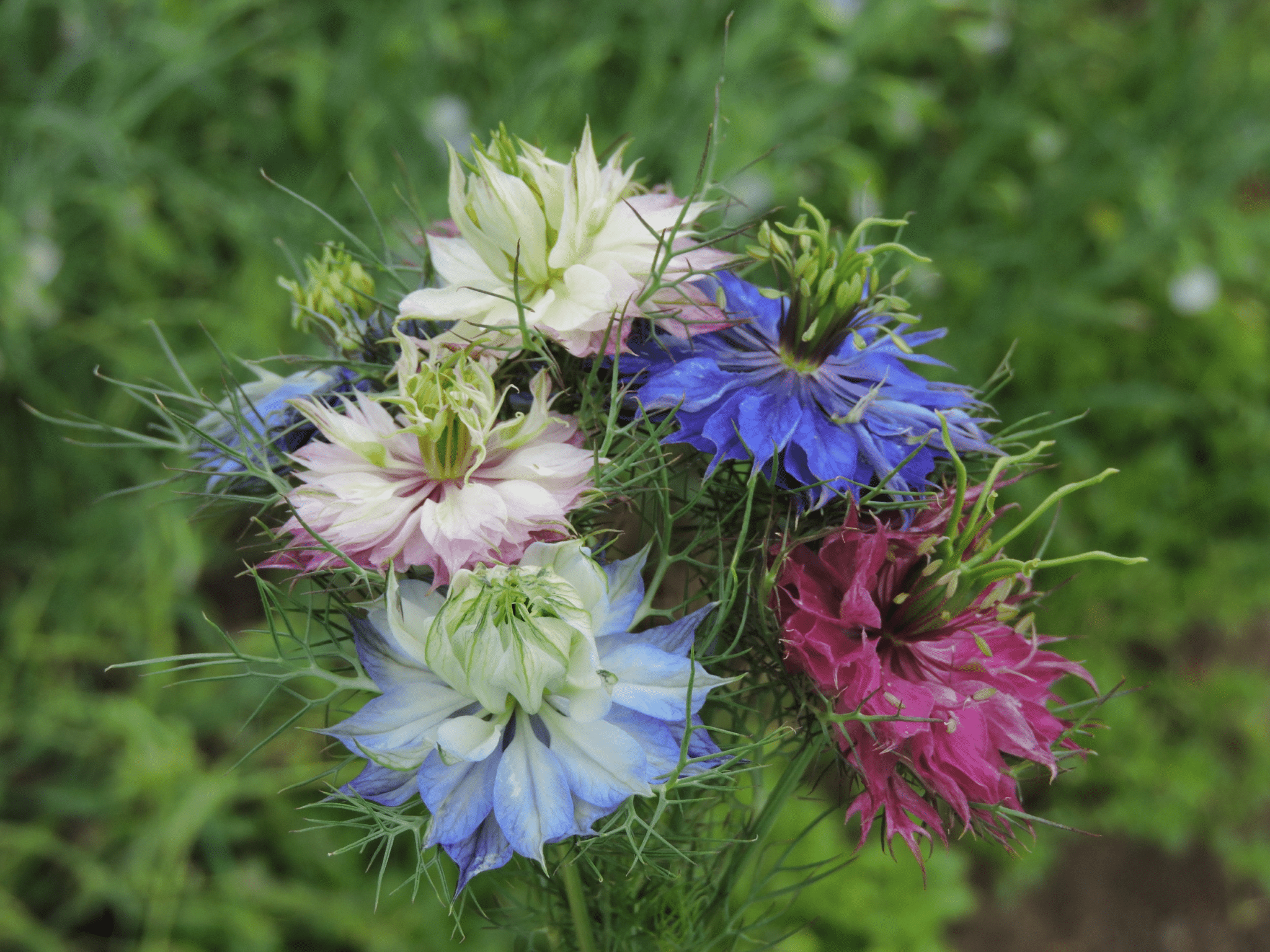
By incorporating these deer-resistant annuals into your cottage garden, you can create a delightful, enchanting space where you can enjoy the beauty of nature without worrying about deer damage.
Contemporary gardens
Contemporary gardens are characterized by clean lines, geometric shapes, and unique components, with a focus on architecture and design. Angelonia, with its tall spikes of tubular blooms, is a deer-resistant annual that fits perfectly into a modern garden setting.
Another option for a contemporary garden is Verbena, which features clusters of vibrant flowers and is also deer-resistant.
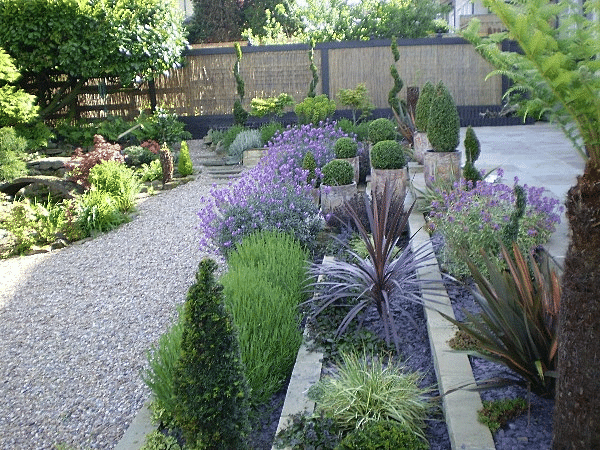
By incorporating these sleek and stylish plants into your contemporary garden design, you can create a visually striking landscape that remains protected from deer damage.
Caring for Deer-Resistant Plan
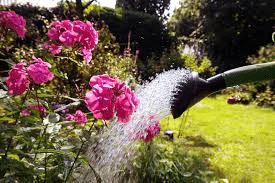
To keep your deer-resistant annuals looking their best, it's essential to understand their specific care requirements.
Proper soil and watering conditions, as well as regular pruning and deadheading, will ensure that your deer-resistant plants stay healthy and vibrant throughout the growing season.
Soil and watering needs
Deer-resistant annuals require well-drained soil with a pH between 6.3 and 6.7 for optimal growth. Ensuring that your plants receive adequate water is also crucial, as both over-watering and under-watering can cause stress and harm to your plants. Watering deer-resistant annuals daily is recommended, but be careful not to overwater.
By providing the right soil and watering conditions, you'll create a nurturing environment for your deer-resistant annuals, allowing them to grow strong and healthy while repelling deer from your garden.
Pruning and deadheading
Regular pruning and deadheading are essential for maintaining the appearance and health of your deer-resistant annuals. Pruning involves cutting back stems to stimulate new growth and removing dead or diseased foliage to keep your plants looking their best.
Deadheading, on the other hand, involves removing spent flowers to promote the growth of new blooms and prevent the plant from going to seed.
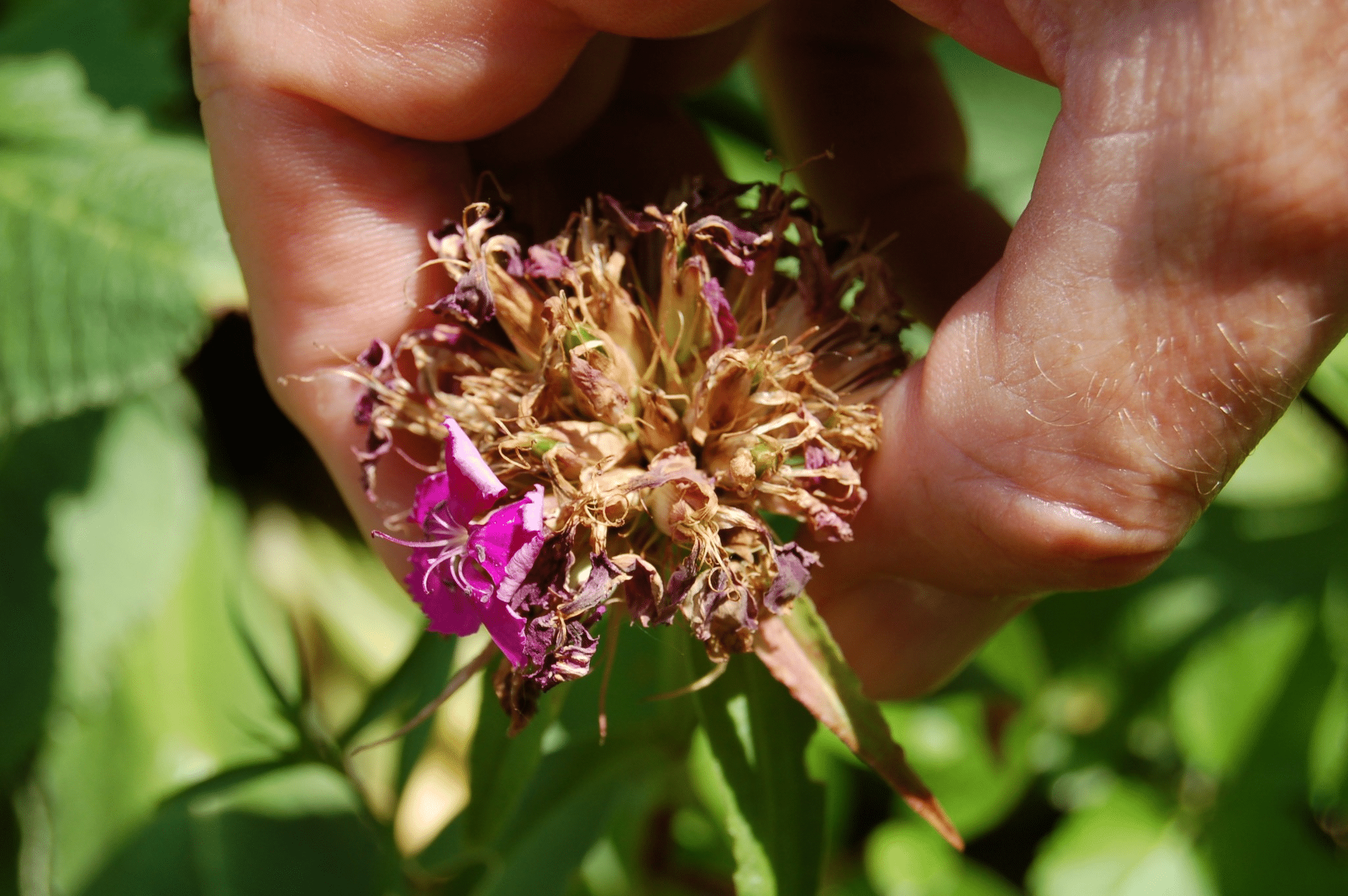
To properly prune and deadhead your deer-resistant annuals, use sharp, clean tools, and be careful not to over-prune or deadhead too much. Watering your plants after pruning or deadheading can also help promote recovery and ensure that your deer-resistant plants continue to thrive and deter deer from your garden.
Combining Deer-Resistant Annuals and Perennials
Deer-resistant annuals and perennials can be combined to create a dynamic garden full of color and texture. Techniques such as layering plants and succession planting can help you achieve a visually stunning and functional garden.
This garden will provide year-round interest while protecting your plants from deer damage.
Layering plants

Layering plants involves organizing plants in the garden so that they interconnect when they reach their full size, creating a seamless mass of plants without any gaps. By selecting plants with varying heights and textures, you can create a visually appealing garden with a sense of depth and movement.
To effectively layer deer-resistant annuals and perennials, ensure that individual plants are spaced so that they touch when they reach their full size. This will help create a cohesive and visually stunning garden that remains protected from deer damage.
Succession planting
Succession planting is a technique that involves planting different types of plants in the same area at different times, ensuring a continuous supply of harvestable produce throughout the season. This method not only helps extend the harvest season, but also introduces greater diversity into your garden and reduces the risk of crop failure due to pests or diseases.

When practicing succession planting with deer-resistant annuals and perennials, it's important to plan ahead and choose plants with similar growing conditions and complementary colors and textures.
Additionally, employing crop rotation can help prevent disease and pest problems, ensuring that your garden remains both beautiful and protected from deer damage.
Summary
In conclusion, deer-resistant annuals are a gardener's best friend when it comes to creating a stunning and thriving garden amidst deer populations. By understanding the factors that repel deer, choosing the right plants for sun and shade, and employing various garden design techniques, you can create a beautiful and functional garden that remains protected from deer damage.
Embrace the challenge and let deer-resistant annuals transform your garden into a vibrant and harmonious haven.
Frequently Asked Questions
What flowers do deer hate the most?
Deer tend to avoid many flowers, such as poppies, daffodils, foxgloves, lavender, sages, and ornamental salvias, which have strong scents that deer dislike.
Peonies and bearded irises are also among the flowers that deer generally don't eat.
Will deer eat marigolds or zinnias?
On the other hand, deer do find zinnias to be quite tasty and may choose to eat them over other plants in the garden. From these facts, we can conclude that deer will not eat marigolds, but they might eat zinnias.
Will deer eat impatiens?
Unfortunately, deer may find Impatiens to be an attractive snack. Deer and rabbits may enjoy snacking on these beautiful plants, so it is wise to take steps to protect them.
To do this, you can use a variety of methods. Fencing is one of the most effective ways to keep deer and rabbits away from your Impatien.

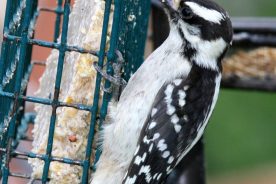
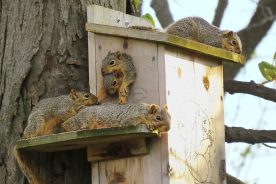
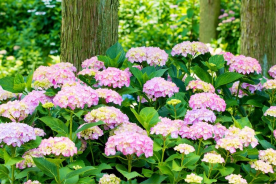

No Comments